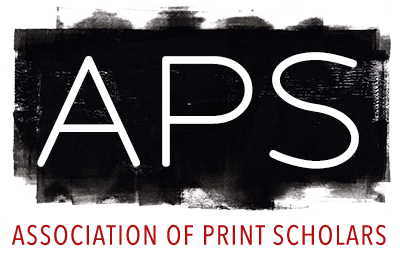CFP: Avant-Garde Art on Paper in Europe 1905-1950
A wide variety of historical or classic avant-garde artists turned to paper during the first half of the 20th century. Whereas this turn to paper has received quite some attention in the study of Cubism (collage), Expressionism (the woodcut), and Dada (photomontage), to date we lack a proper understanding of the many ways in which avant-gardists employed paper and to what aims. What, if anything, was distinct about the avant-gardes' massive use of paper during the first half of the 20th century? To tackle these issues requires that we revisit, and perhaps revise our view of, more canonized movements, but also calls for a broadening of geographical scope that comes to include avant-garde movements, works and practices from the North, South, Centre and East of Europe. While we welcome proposals on any aspect of the classic avant-gardes' turn to paper, we are particularly interested in the following facets.
Firstly, we are interested in exploring the material composition or construction of works on paper. It is generally acknowledged that the classic avant-gardes introduced a shift in the use of paper, transforming it from a support into a medium in its own right. Paper's variety in texture and color, thickness and weight, exposure to print or light, thereby all dramatically came to determine the work of art. What (other) qualities of paper came to condition the avant-garde work on paper? Which techniques employed require our attention? What, perhaps so far neglected, aspects of the medium or the use of paper call for more scrutiny? And which 'categories' or 'genres' of art on paper did the classic avant-gardes yield?
Secondly, we are interested in exploring the dissemination and circulation of works on paper in the historical avant-gardes' network. Many works on paper were reproduced by photographs and text, i.e. they were described in articles, letters and diaries or were duplicated on postcards, in magazines, etc. How and to what aims were works on paper circulated in the avant-gardes? How did they circulate on the (inter)national art market, in (private and public) collections, galleries and exhibitions?
Finally, and closely related to this second facet, how did works on paper figure within the more general artistic and aesthetic output of the avant-gardes? How did works on paper relate, among others, to other types of artistic production (architecture, painting, sculpture, poetry, dance, ...) by the same or other artists? What, if any, discourses were in place (within the avant-gardes) to discuss the specificity of works on paper? Did the avant-gardes give shape to a theory or theories that focussed specifically on work on paper? Could we, in hindsight, reconstruct one or several aesthetics of paper at work in the avant-gardes?
This conference forms part of the research project BePaper. The conference languages will be English, French or Dutch. A selection of English-language papers will be considered for publication in an edited volume dealing with the conference's theme.
Proposals should take the form of a title, abstract (max. 500 words) and a short biographical note (max. 300 words including relevant publications). They should be sent to bepaper@fine-arts-museum.be by 15 October 2021.

Leave a Reply
You must be logged in to post a comment.